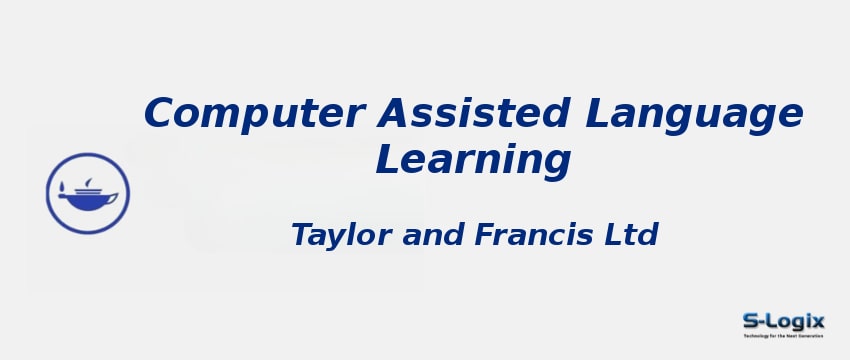Journal Home: Journal Homepage
Editor-in-Chief: Glenn Stockwell
Print ISSN: 09588221
Electronic ISSN: 17443210
Abstracting and Indexing: Scopus, Science Citation Index Expanded
Imapct Factor 2024: 6.0
Subject Area and Category: Arts and Humanities,Language and Linguistics,Computer Science ,Computer Science Applications, Social Sciences,Linguistics and Language
Publication Frequency:
H Index: 86
Q1: Computer Science Applications
Q2:
Q3:
Q4:
Cite Score: 23.6
SNIP: 4.148
Journal Rank(SJR): 3.513
Latest Articles: Latest Articles in Computer Assisted Language Learning
Guidelines for Authors: Computer Assisted Language Learning Author Guidelines
Paper Submissions: Paper Submissions in Computer Assisted Language Learning
Publisher: Taylor and Francis Ltd.
Country: United Kingdom
